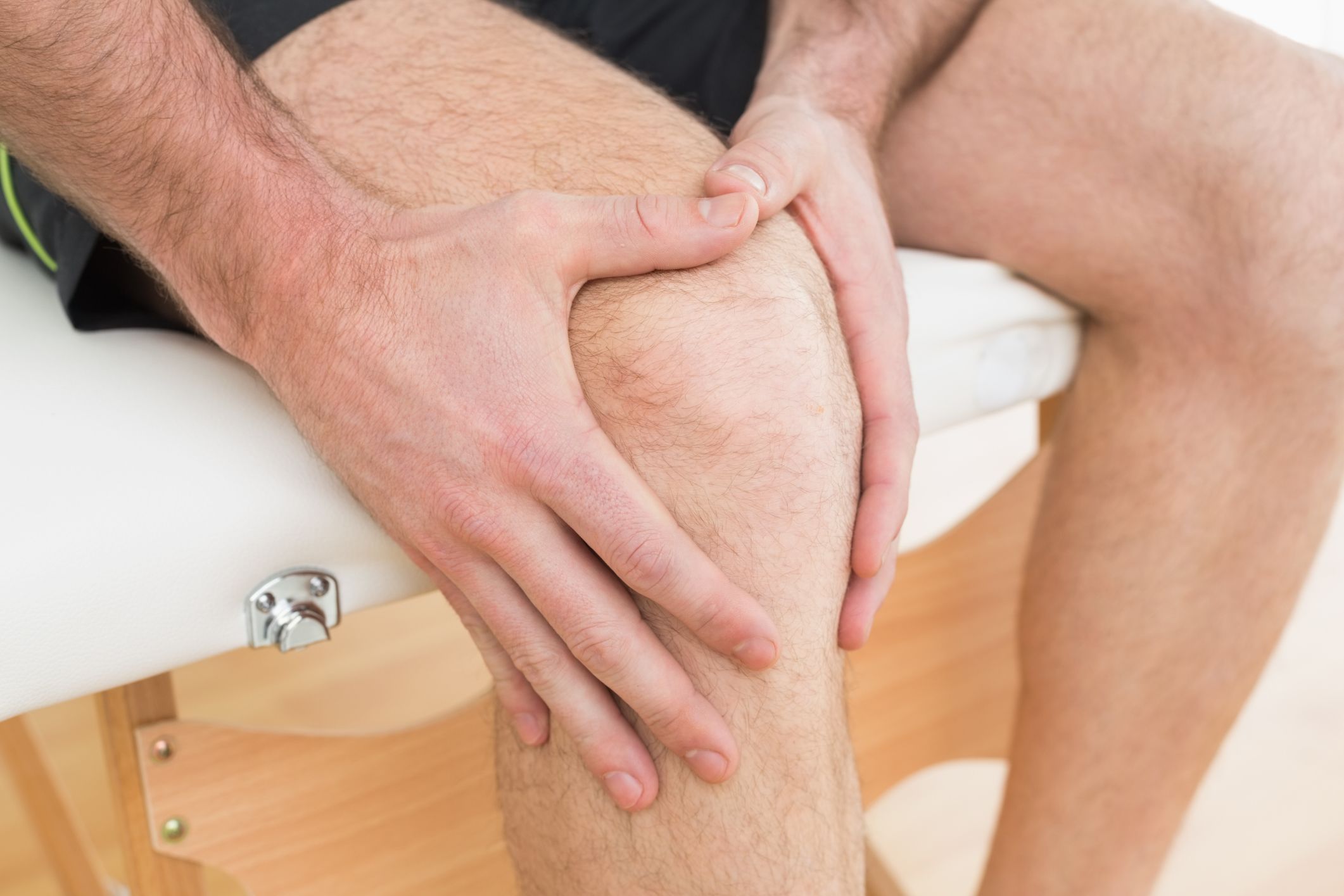Psoriatic arthritis (PsA) comes with a list of not-so-pleasant side effects, like swollen, achy joints and patches of itchy, silvery scales on the skin. And it looks like you might be able to add another, according to a 2014 study published in Annals of the Rheumatic Diseases.
The study found that people suffering from PsA are also at an increased risk for developing gout.
Gout is a painful form of arthritis in which crystals form in the joints—often the big toe—and sometimes under the skin or in the kidneys. People living with gout may also have swelling, redness, heat and stiffness in the affected joints.
For the study, Harvard researchers led by Joseph Merola, MD, looked at survey data from 98,810 men and women who had been diagnosed with psoriasis and psoriatic arthritis. Of that group, 2,217 had also been diagnosed with gout. It turns out that people with psoriasis are about 70% more likely than the general population to have gout, as well. But people with PsA were five times as likely. It was also more common in men than women, which is typical for gout.
What’s the link?
Doctors have long asked that question, and while they can’t say for sure, the common culprit seems to be the build-up of uric acid. Uric acid is a byproduct of purines, compounds found in certain foods and all cells in the body. It’s usually dissolved in the bloodstream and then passed out of the body in urine, but when it builds up in the blood, it can lead to gout.
People with psoriasis and psoriatic arthritis often have more uric acid, likely because of inflammation and faster skin cell turnover.
Getting relief from gout
It’s not always easy to tell gout apart from PsA—both can bring on pain and swelling in the toes, for example. But if sharp pain, warmth and swelling suddenly appear in a single joint, check with your doctor to see if gout is the cause. Your doctor may prescribe medicines to clear out the uric acid and relieve the inflammation. There are also several things you can do to better manage your symptoms.
- Keep an eye on your diet. Foods high in purines, such as red meat, organ meats and scallops, up the risk of gout attacks, so try and limit those. Also avoid whole-fat dairy – another culprit in uncomfortable flare-ups.
- Snack on cherries; steer clear of soda. The foods and drinks you consume can have big effects on gout. Studies have shown that compounds in cherries can help reduce uric acid build-up and prevent gout attacks. On the other hand, drinking soda (and alcohol) increases uric acid production, triggering painful flare-ups.
- Get some exercise. Exercise can help you maintain a healthy weight and manage your pain. It also helps reduce stress and improve your ability to get a good night’s sleep – two important factors in gout management.
- Stay on top of your PsA treatment. Controlling your PsA should also help ward off gout. Talk to your doctor about the best way to manage your PsA.





